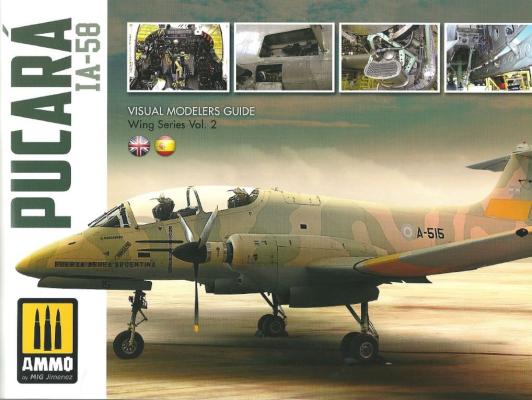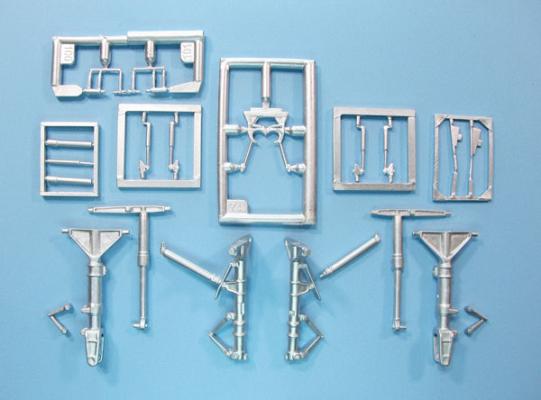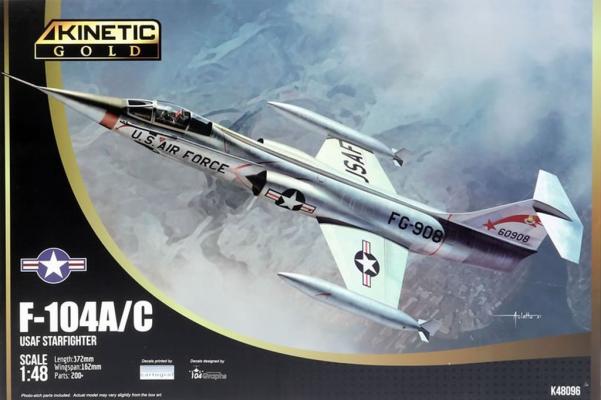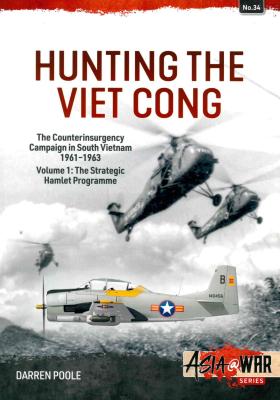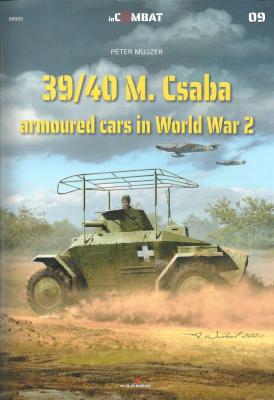AMMO by Mig has recently started a reference guide line “Visual Modelers Guide”. This is the second installment on the line and is devoted to the IA 58 “Pucara”. The release of this book is matched with the 1/48 Kinetic Pucara and given that the Pucara reference guide material is pretty succinct, this book is a God-send, even more when considering the very affordable price of it (other reference materials for this airplane -being out of print- cost at least 5 times if not 10 times the price).
Welcome to the IPMS/USA Reviews site!
Introduction: The primary organization of the IPMS/USA Review website is by IPMS/USA National Contest Class. Within each Class there are sub-menus by kits, decals, books, etc. The Miscellaneous Class is for items that are not class specific or that cross two or more classes.
IPMS/USA Members: We encourage you to submit reviews, both here and to the Journal. To volunteer for membership in the IPMS/USA "Reviewers Corps" and submit your own reviews, please read the Guidelines For Submitting Product Reviews.
Manufacturers, publishers, and other industry members: IPMS/USA is pleased to offer your company the opportunity for product reviews. All product reviews are performed by IPMS/USA members, and are posted in the publicly-accessible section of our website. With very few exceptions, we perform full build reviews of new kit releases, aftermarket products, and supplies. If you would care to provide product samples for review, please contact John Noack, IPMS/USA 1st VP.
To learn more about IPMS/USA, please see our About Us page.
Scale Aircraft Conversions (SAC) is a Texas based company that has been marketing resin and white metal parts for scale model aircraft for well over 20 years. In perusing their website, it’s hard to find an aircraft kit for which they don’t make a metal landing gear set. There are currently about 228 available sets in the 1/48 scale jets list alone. I’ve used them at least a half-dozen times in the past and they have proven to be of high quality with excellent fit.
Kinetic Models is expanding its line of F-104 Starfighters. Having released the late markings already (-G, -J, -S, including some trainers) they are adding to their line the early variants: -A and -C.
The kit arrives in a large sturdy box (where you can comfortably keep the model in between sessions while you are working on it) with a total of 4 sprues -one molded in clear- and a small photoetch fret. There is a brand-new sprue for the fuselage and the wings. Two of the sprues have already been released as part of their latter markings boxings. This means you get extra parts, like ejection seats, a radar set and a few other details for the spare box.
This is the first of a two-book series on the American counterinsurgency against the Viet Cong. Hunting the Viet Cong - The Counterinsurgency Campaign in South Vietnam, 1961-1963, Vol 1-The Strategic Hamlet Programme covers the early American involvement in Vietnam before Americans were officially committed as combat troops, serving as advisors to South Vietnam.
Dr Darren Poole teaches military history at the University of Chester and University Centre, Shrewsbury, United Kingdom. Dr Poole has degrees in Geography, Education, History and Military History with over 20 years of experience. Dr Poole’s dissertation focused on the Vietnamese Strategic Hamlet Programme, and his research is evident with over nine pages of bibliography and nine pages of footnotes. The main point that sticks out is his focus on researching the “’unheard voices’ of conflict. These include, for example, the peasants caught in a cross-fire in South Vietnam and the view of the Viet Cong themselves.”
Casemate Publishers has released a book on the Hungarian Armored Car Csaba 39/40M.
The book is organized as follows.
- Introduction
- Straussler and his designs
- Design and development of the Csaba armored car
- Production
- Armored car units, organization
- Operational History
- Camouflage and Markings
- Bibliography
The flow of the book is chronological by the nature of how it was written, starting with the design of the vehicle by Nicholas Straussler (while living in the United Kingdom) and quickly moves on the production, units organization and operational history with the Hungarian Army.
There are some color profiles which highlight the different camouflage schemes used by the Hungarian Army during the early years of World War 2, plus all the different national markings used in the pre-Barbarossa era..











